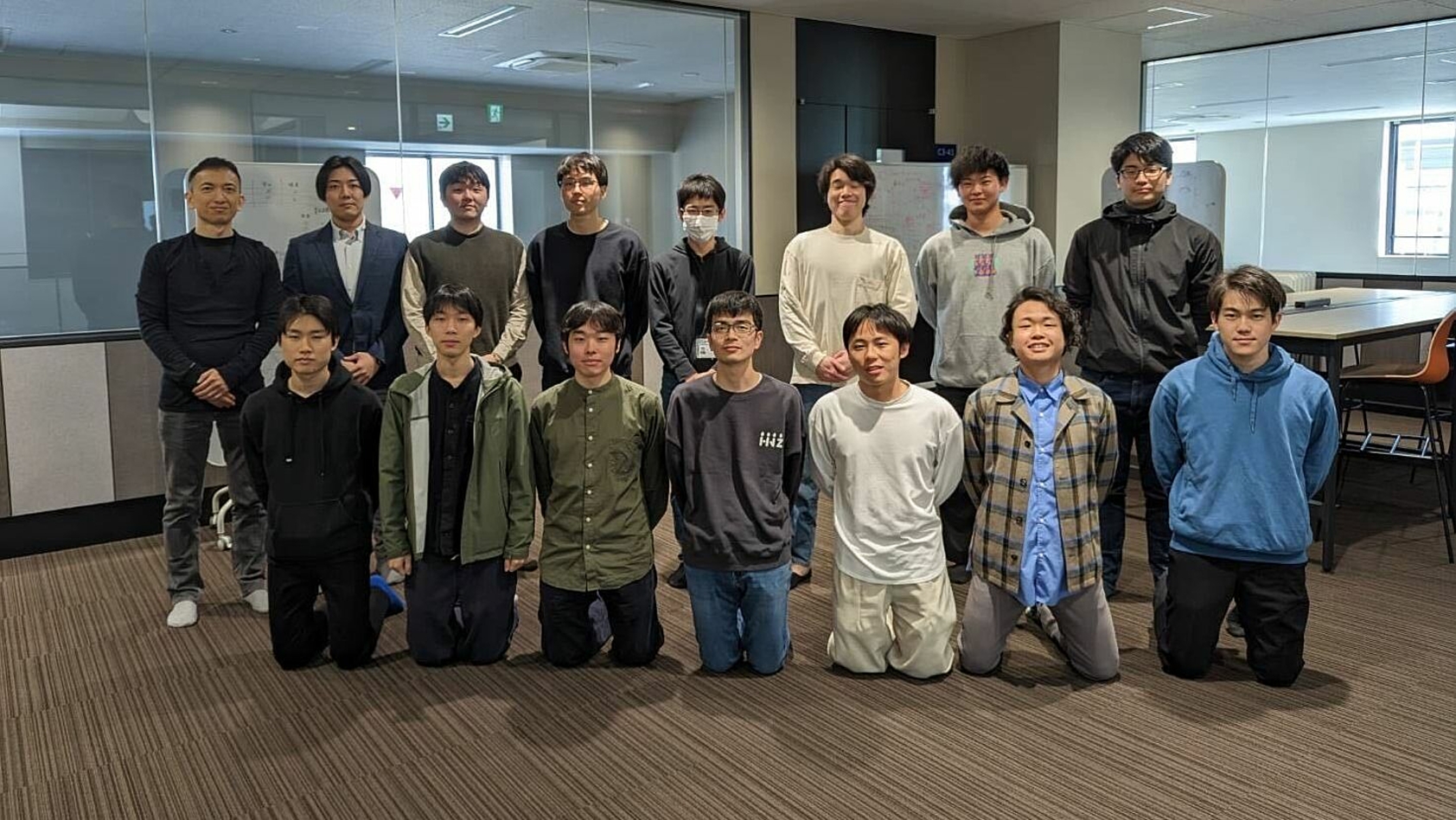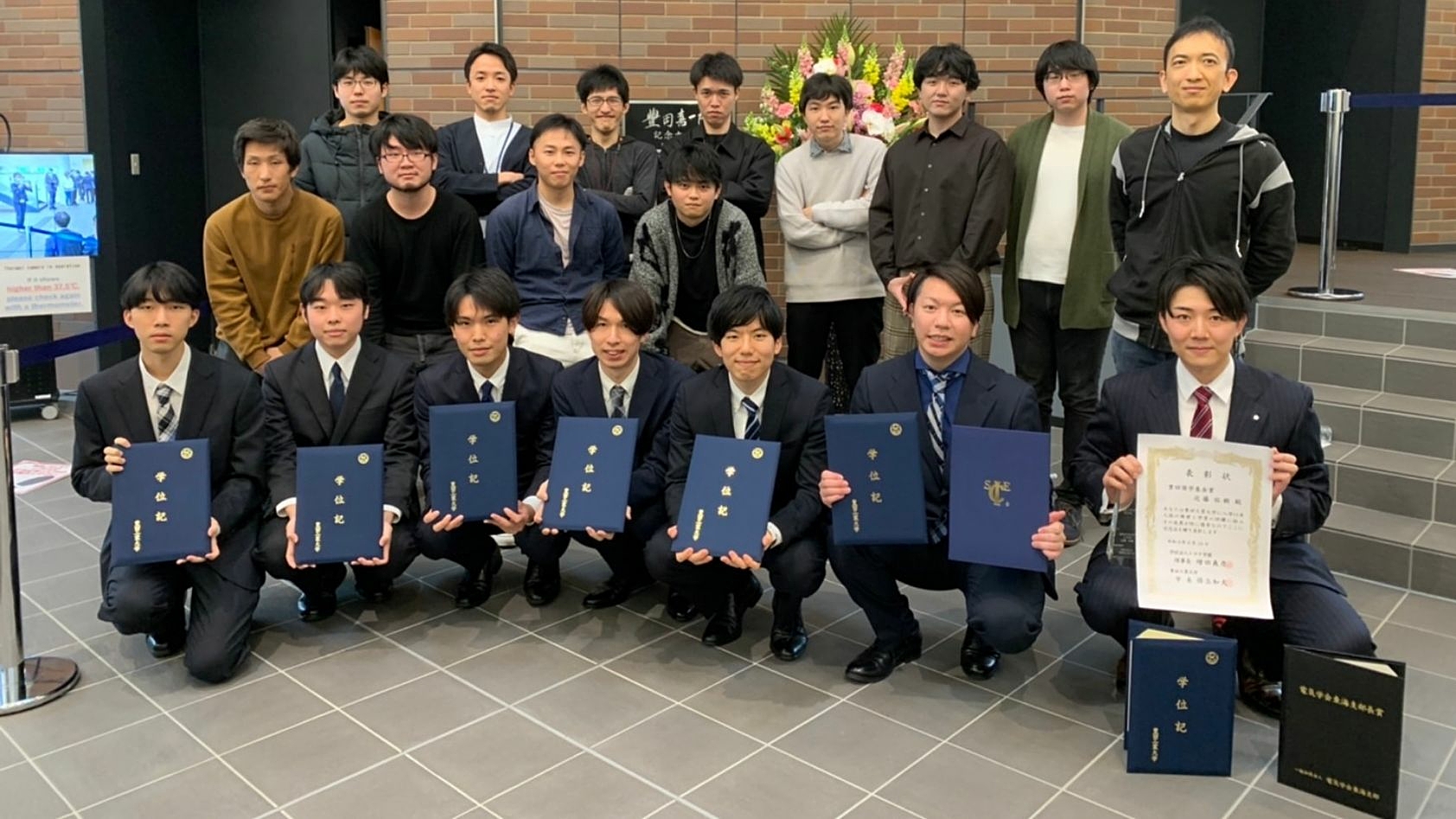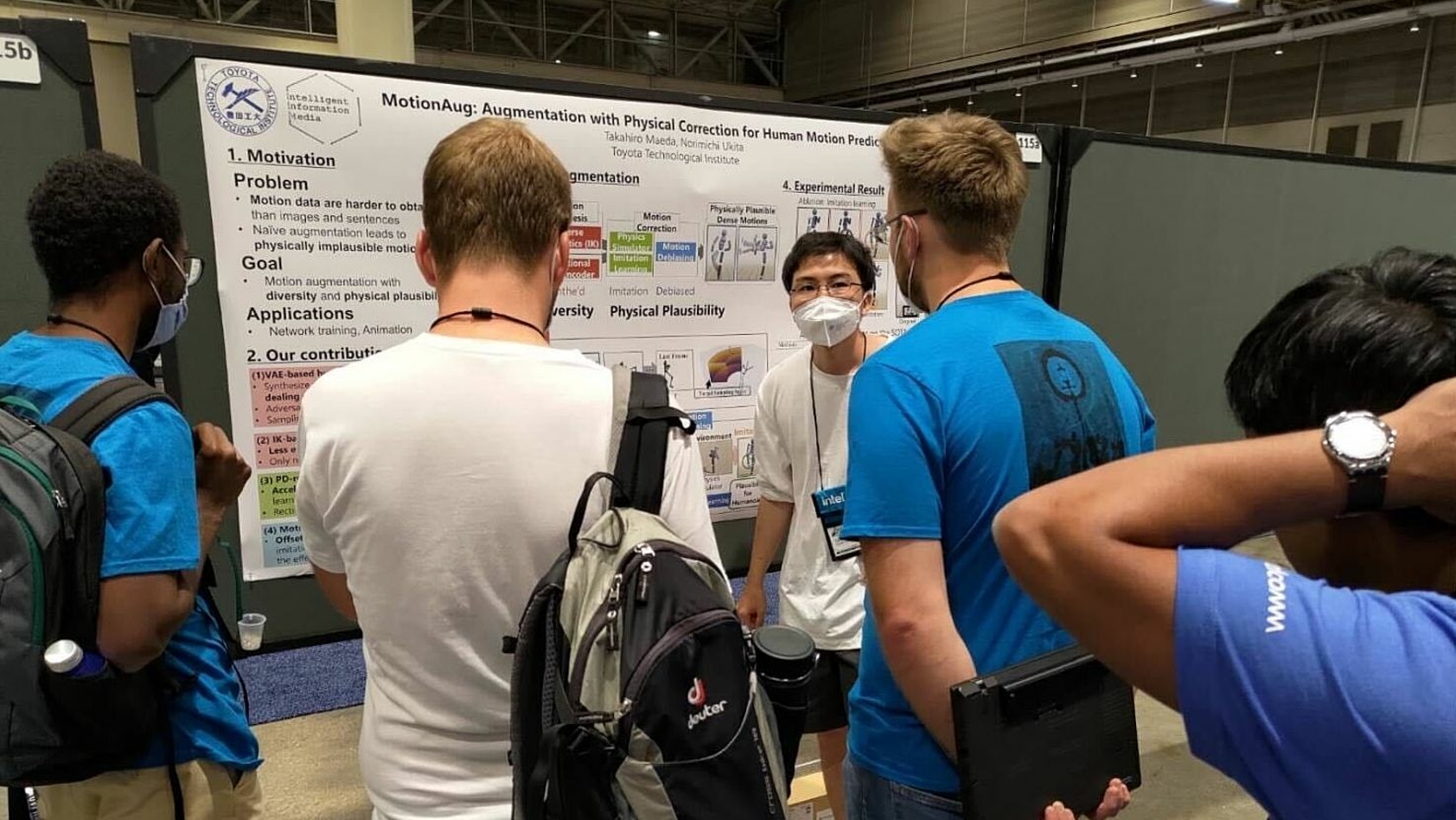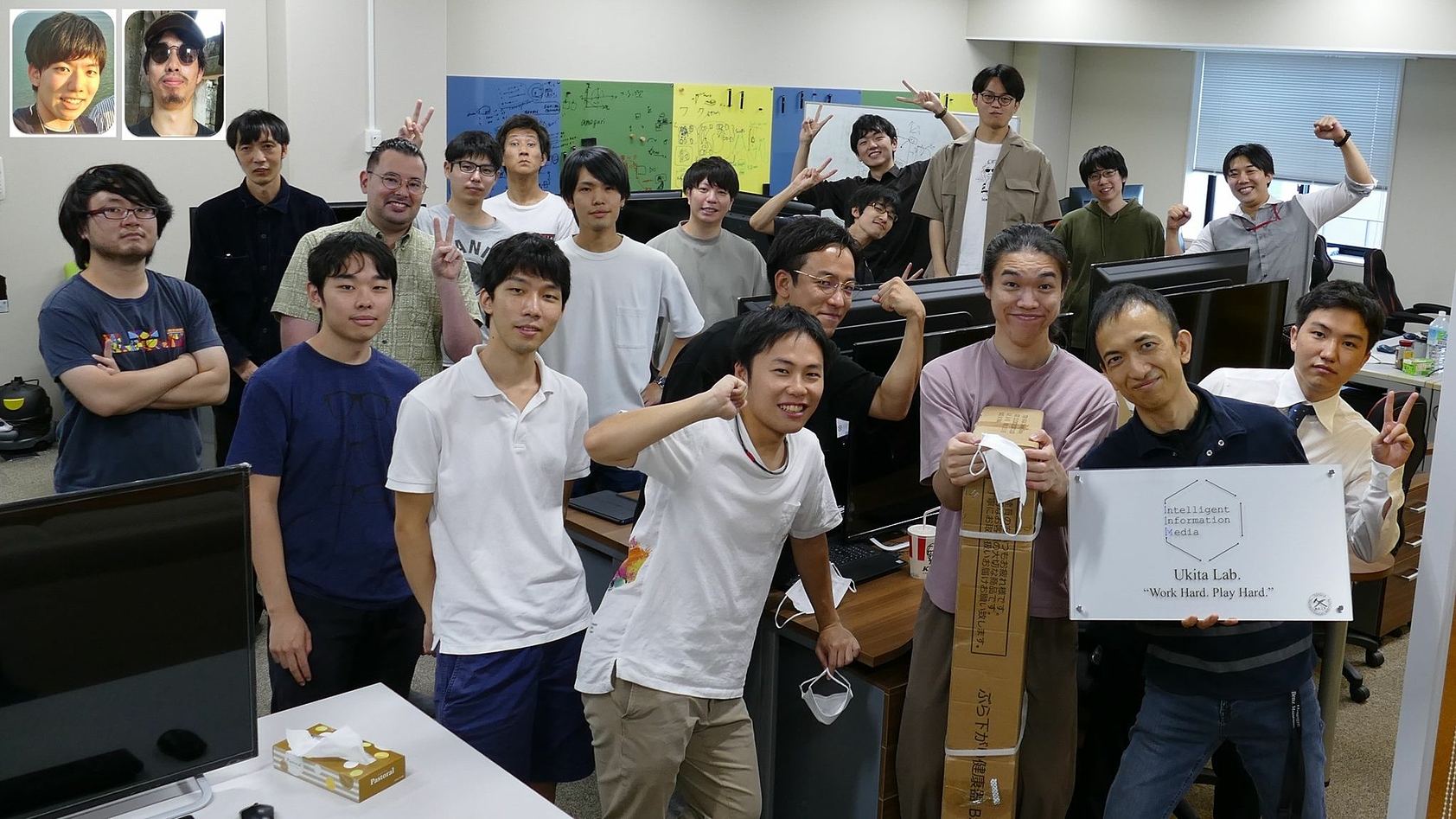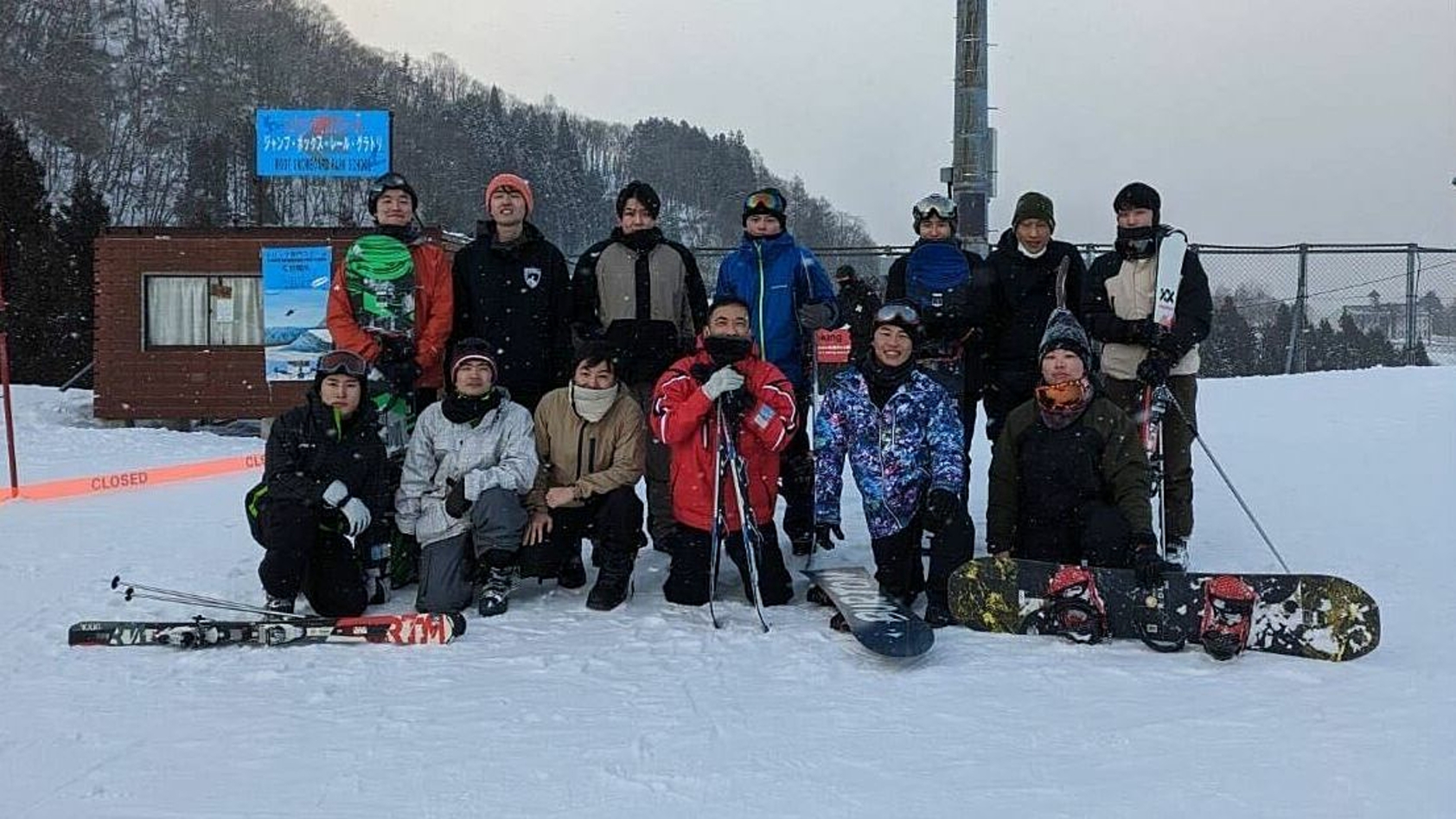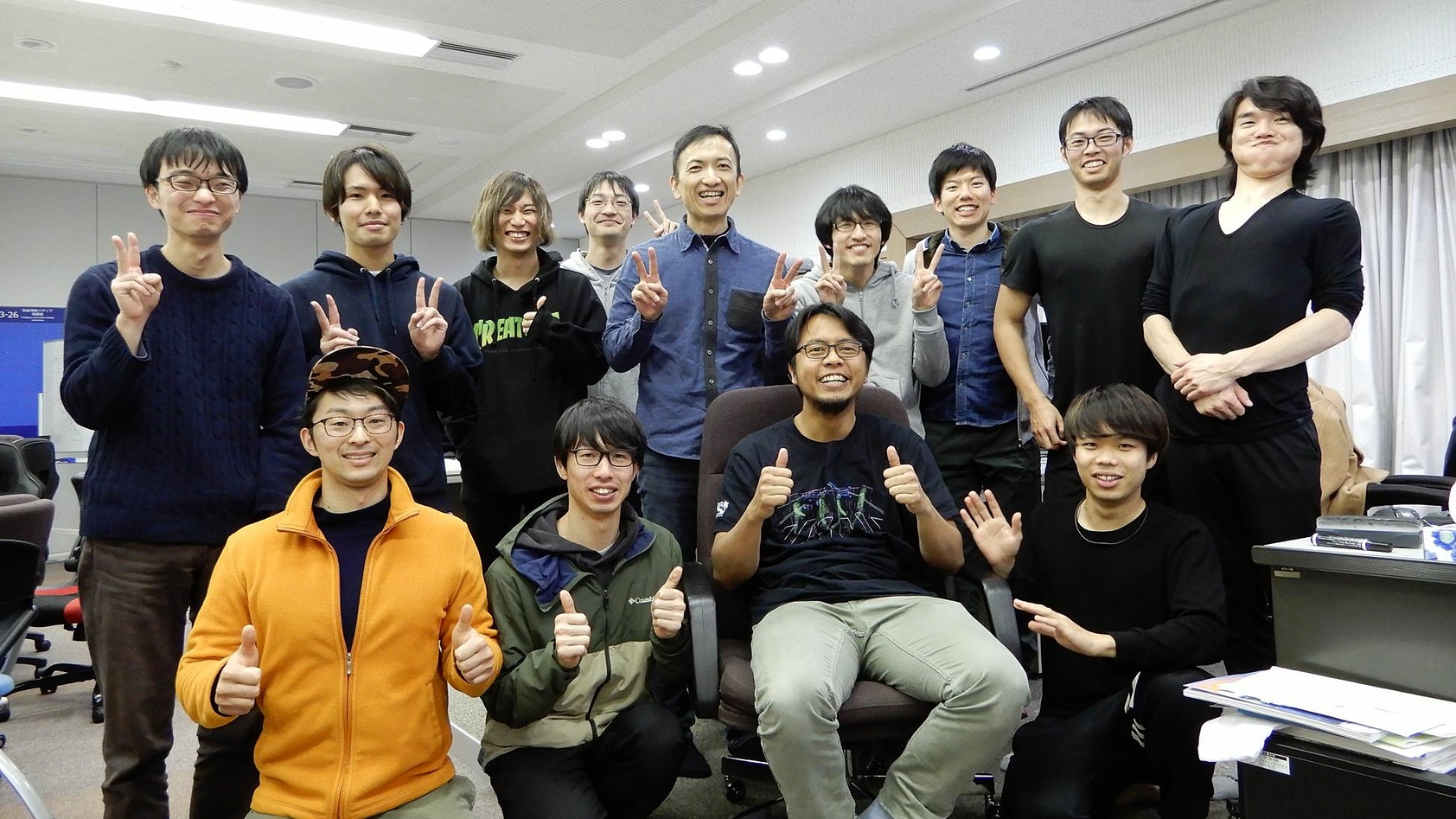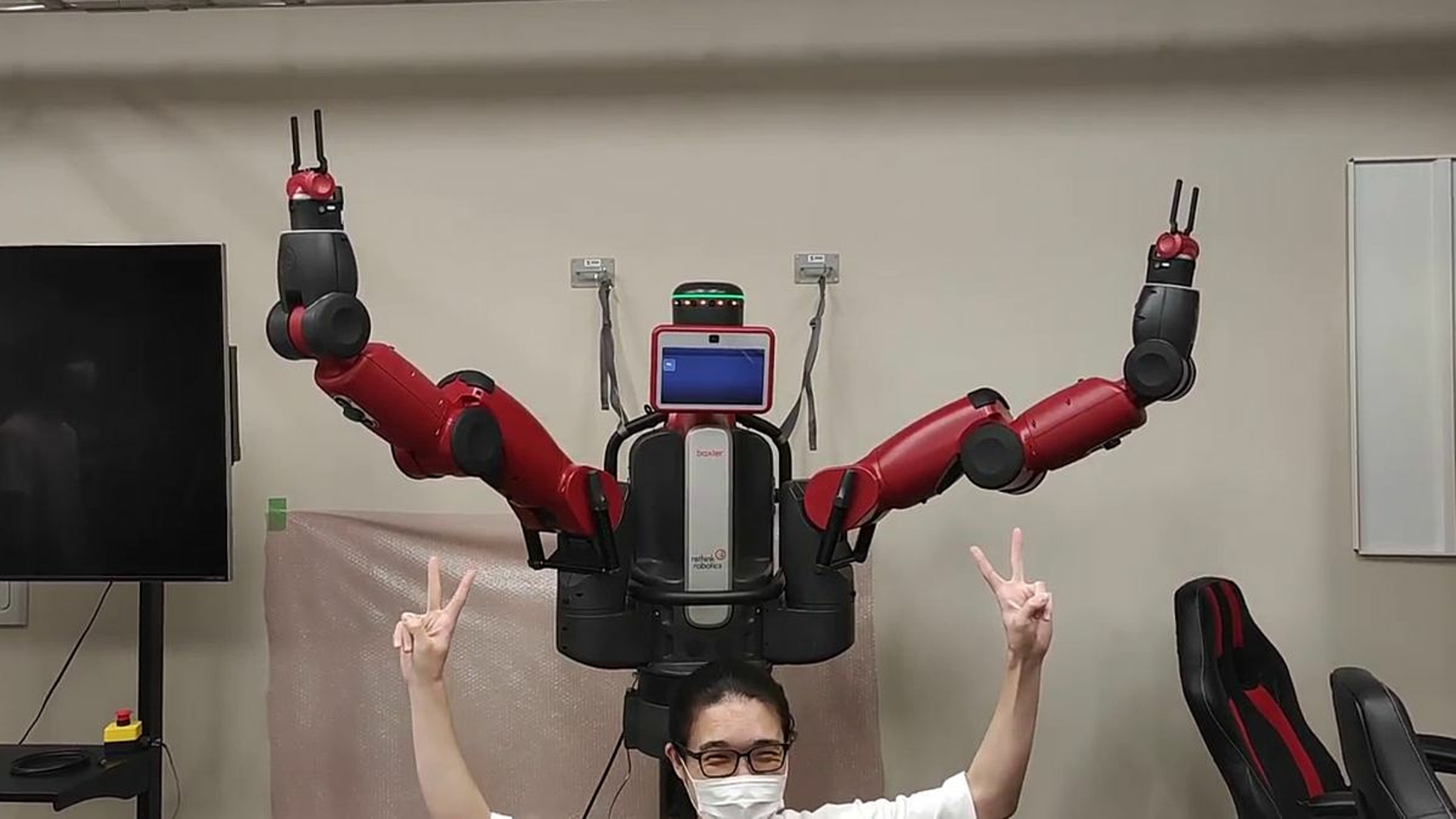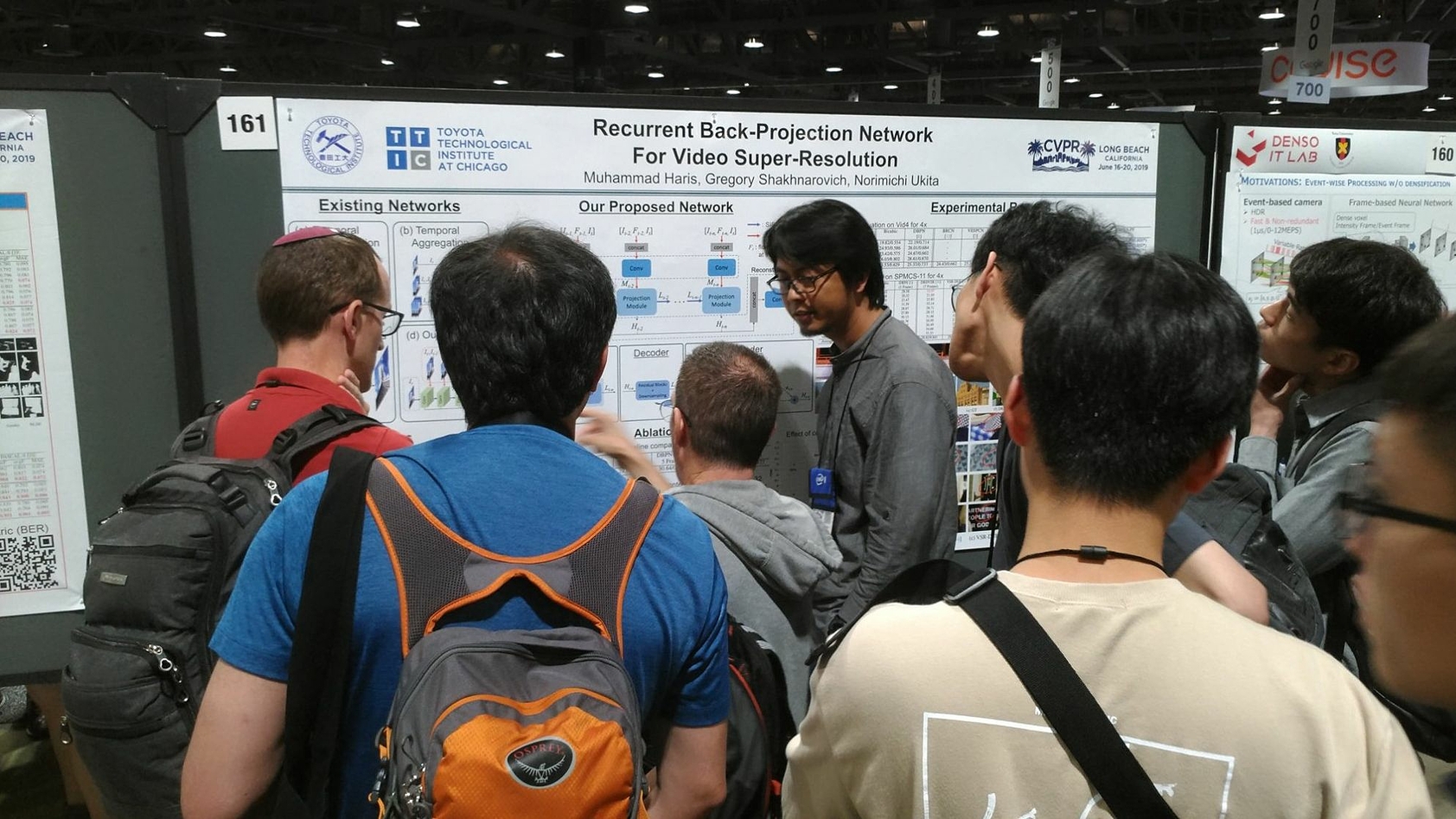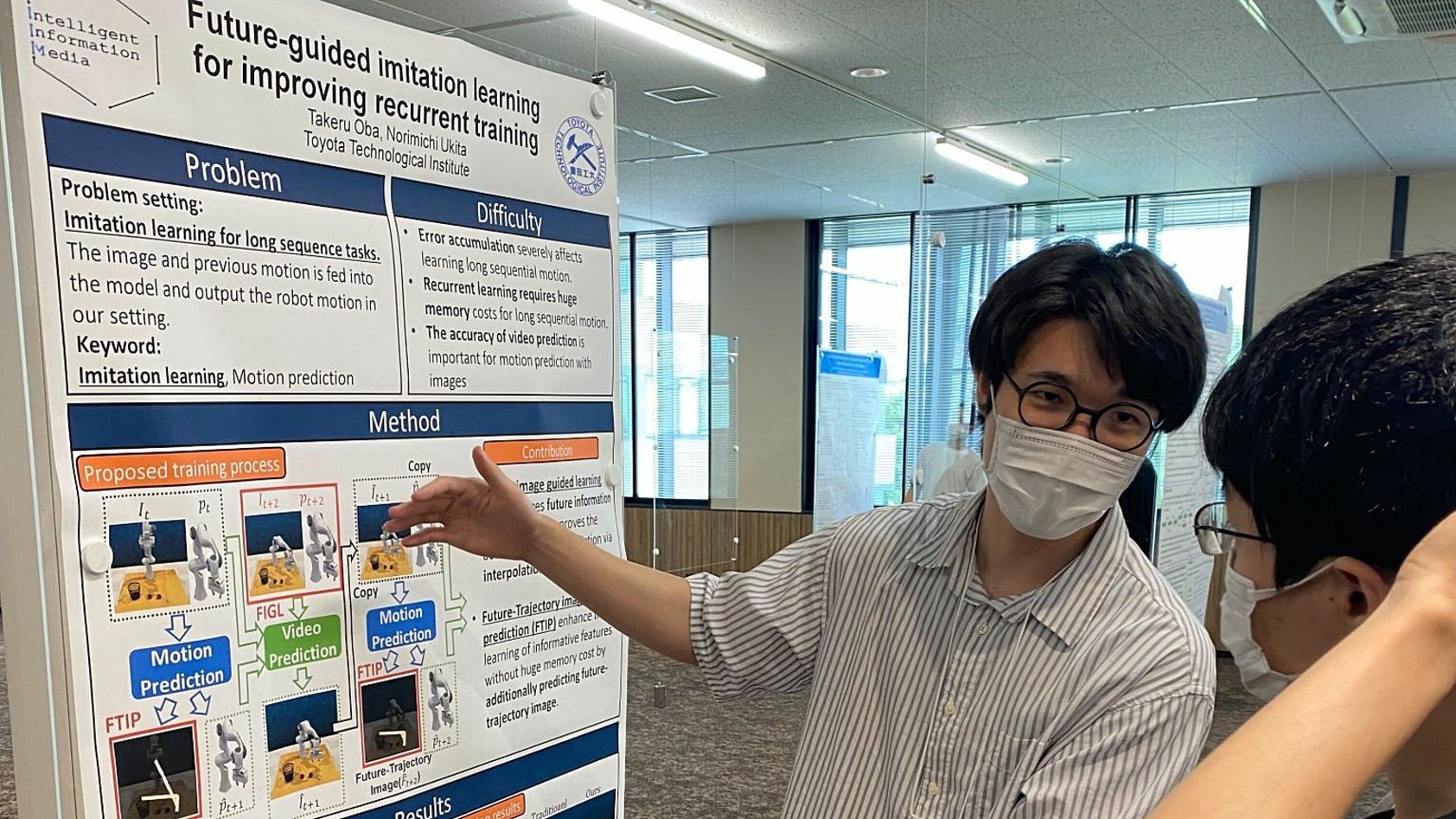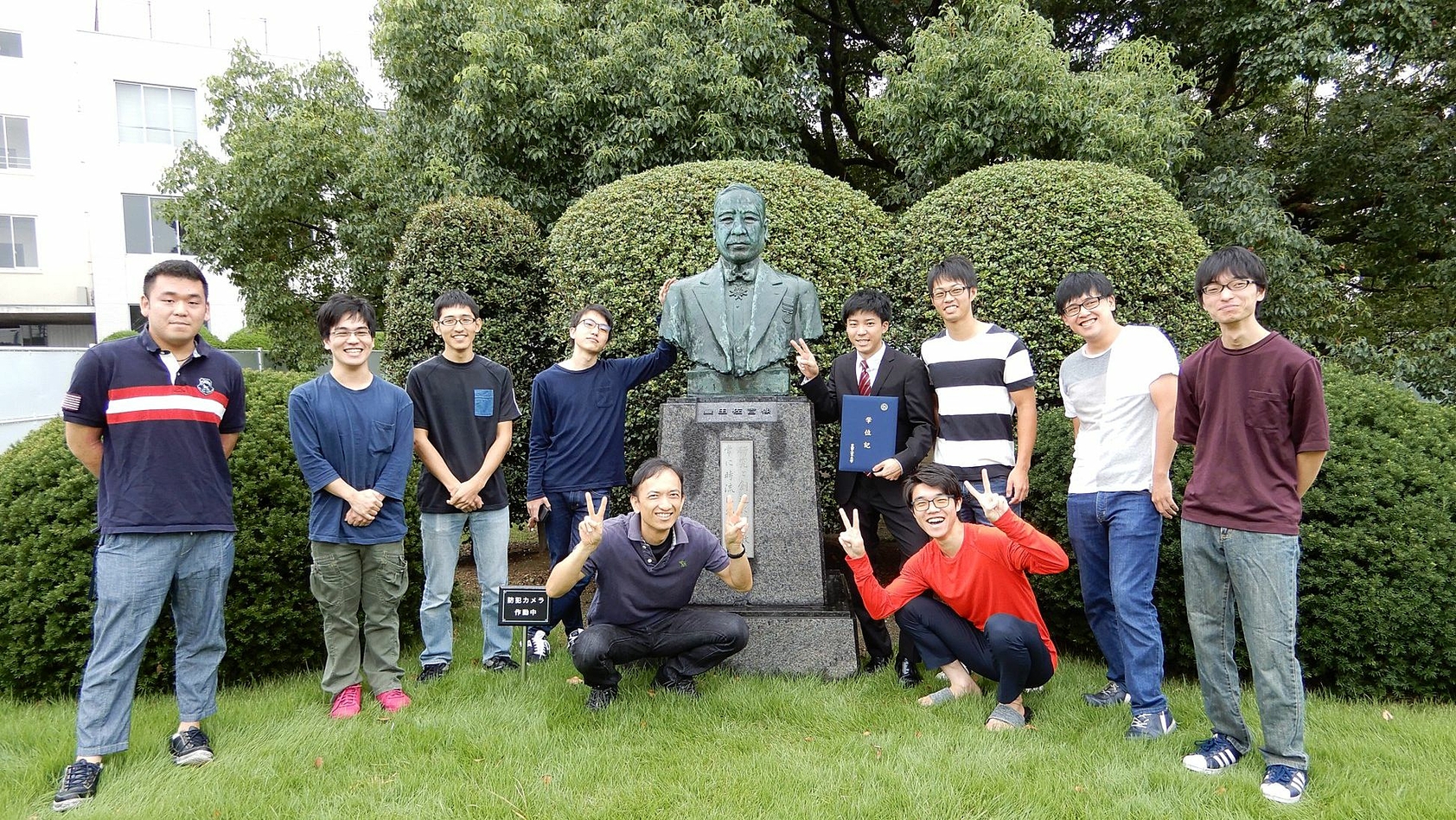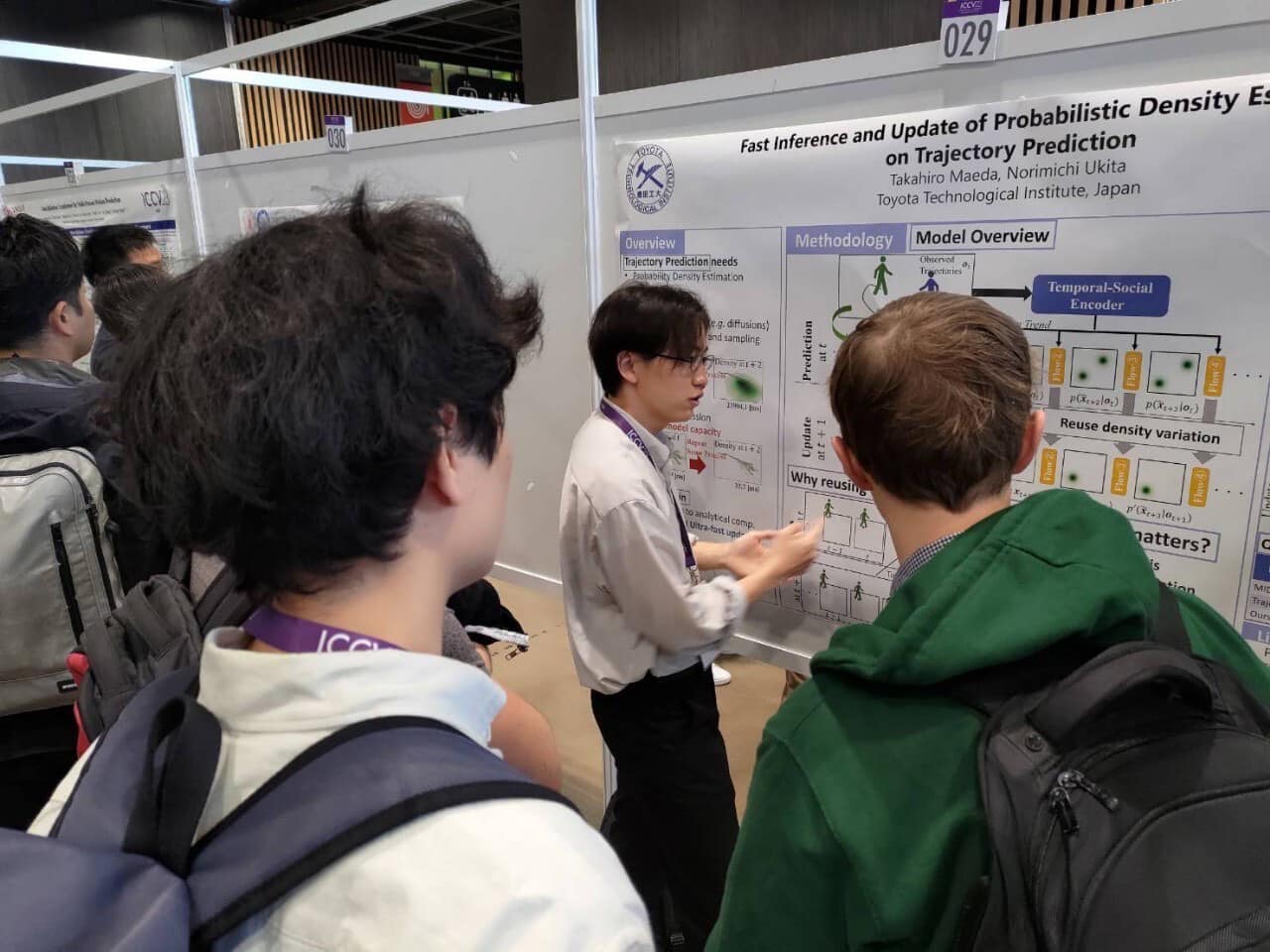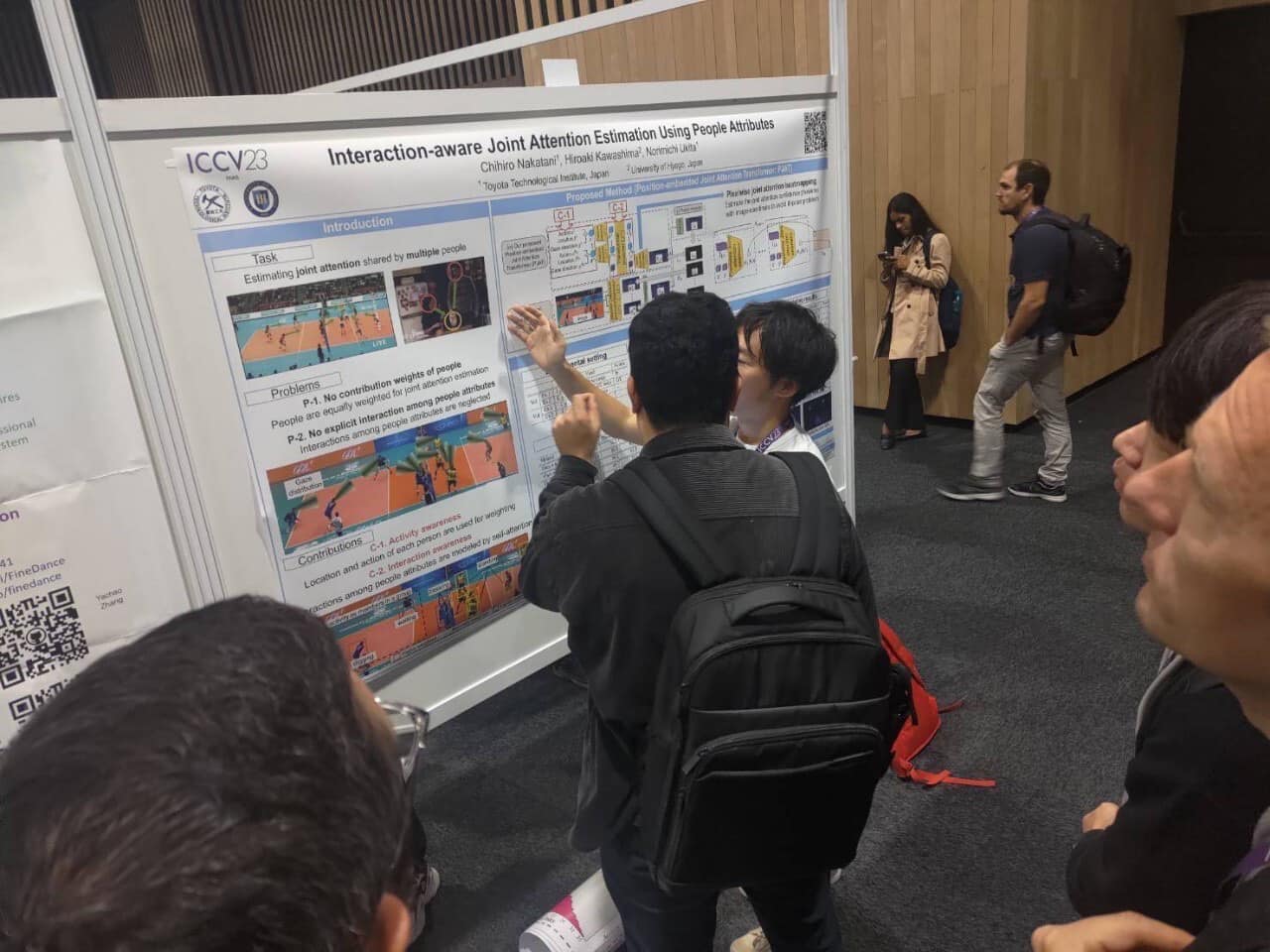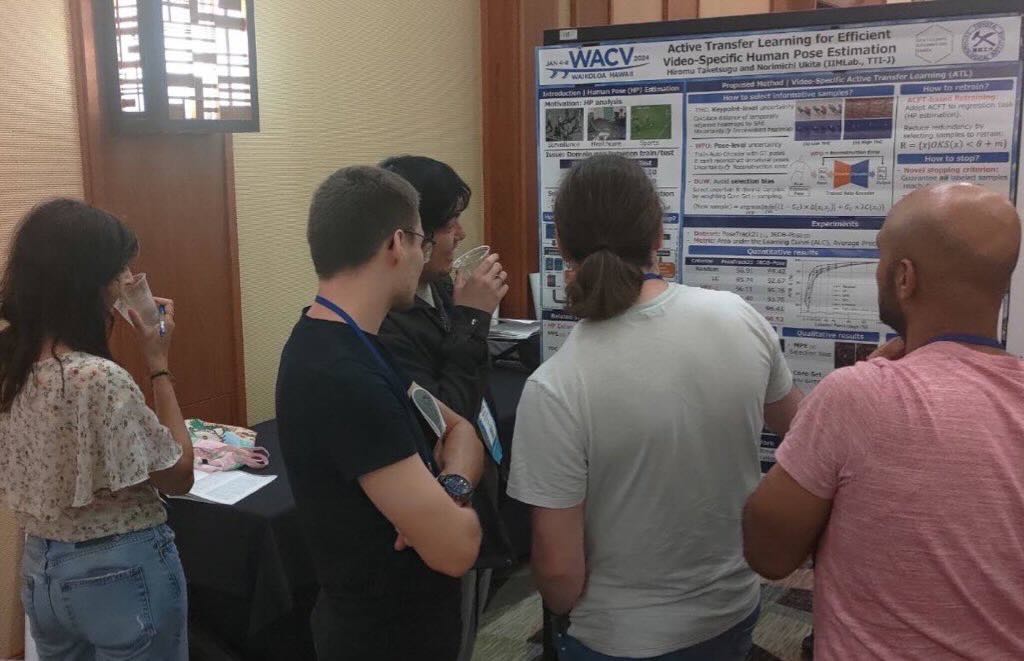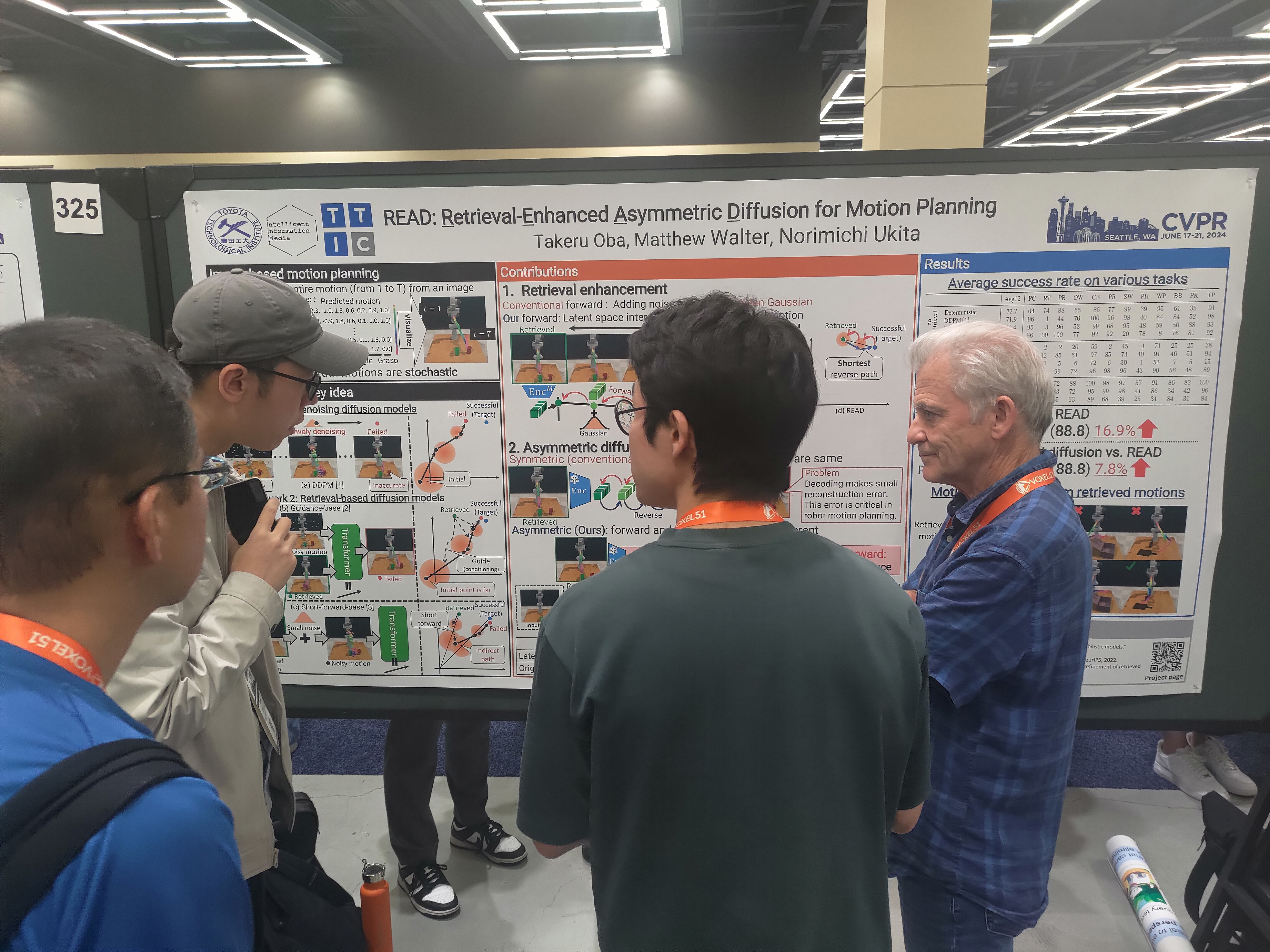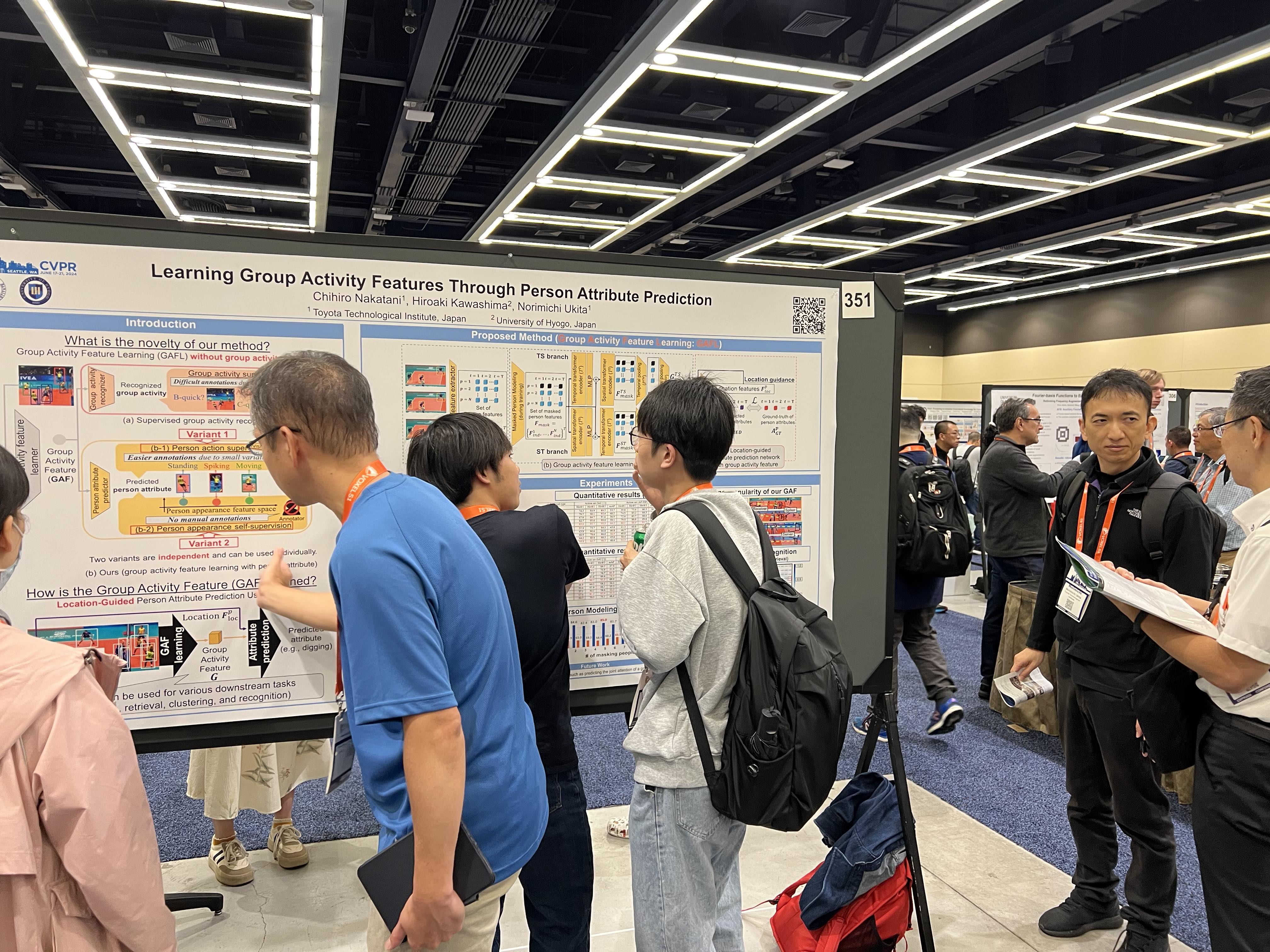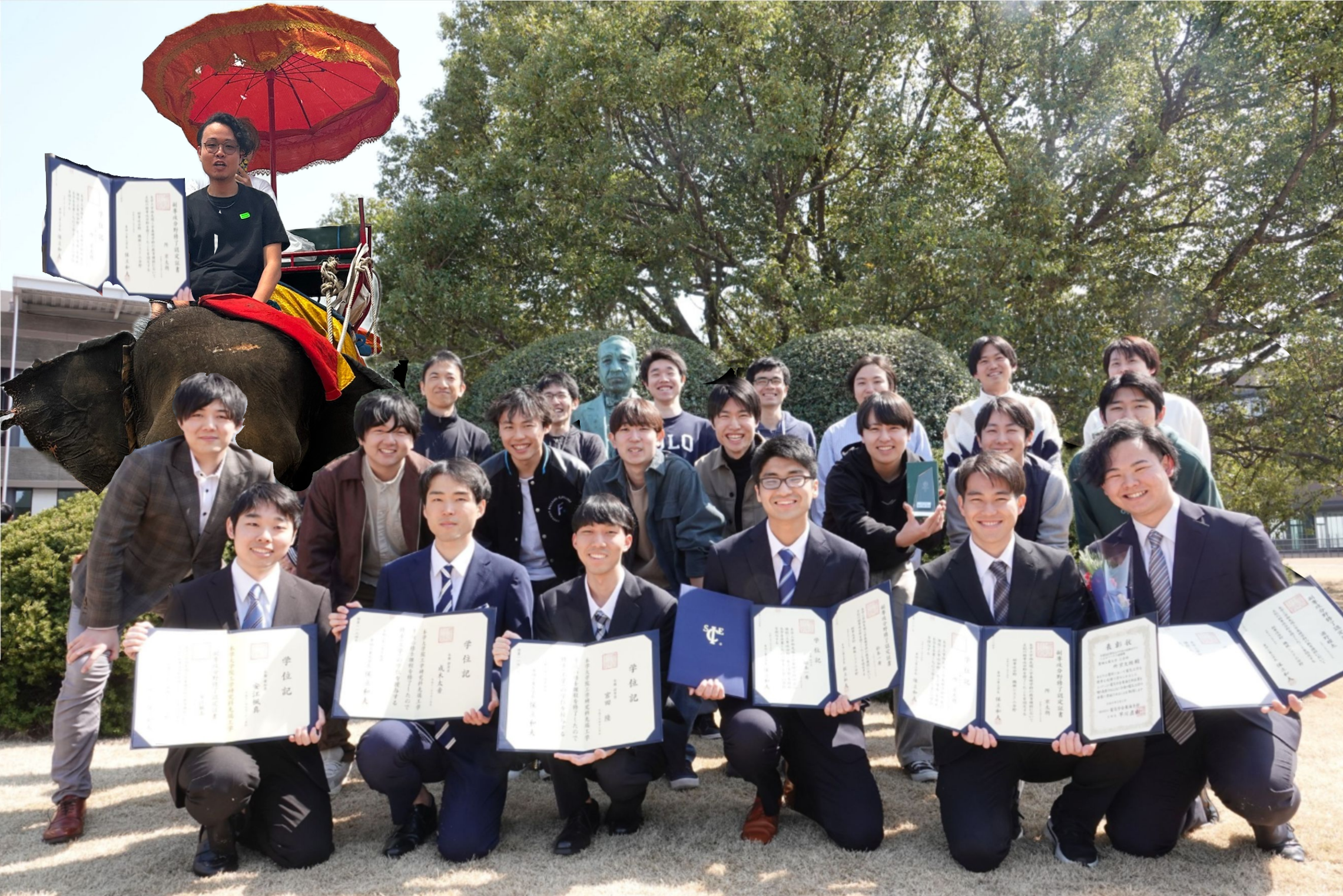Intelligent Information Media Lab
Research overview
Our research themes conver a wide range of basic technologies and
applications for intelligent information-media systems that support
people in daily life.
As the basic technologies, computer vision, image understanding, and
other multi-media sensing and recognition techniques are widely
studied.
In addition, machine learning including deep neural networks for the
big multi-media analysis is also our focus.
These basic techniques are employed for various real-world systems for
human sensing, human modeling, and human support.
Main achievements
- One paper accepted to Computer Vision and Image Understanding.
- One paper accepted to WACV2026.
- One Ph.D student has been appointed as a JSPS Research Fellow (DC2) starting in April 2026.
- Best Presentation Award at iMec2025 given to our paper.
- One paper accepted to IEEE Open Journal of Signal Processing.
- Best Poster Award at MVA2025 given to our paper.
- One paper accepted to ICCV2025.
- One invited talk at MIRU2025.
- One paper accepted to Neurocomputing.
- IEEE Nagoya Section Conference Presentation Award 2024 given to CVPR2024 paper.
- One paper accepted to CVPR2025.
- One Ph.D student has been appointed as a JSPS Research Fellow (DC1) starting in April 2025.
- 239th IPSJ-CVIM 2024 Encouragement Award given to our paper.
- One paper accepted to IEEE RA-L.
- Invited talk at MIRU2024.
- IPSJ-CVIM Graduation Thesis Distinguished Presentation Award 2024 given to our paper.
- IEEE Nagoya Section Conference Presentation Award 2024 given to ICCV2023 paper.
- Two papers accepted to CVPR2024.
- Four papers accepted to IJCNN2024.
- One paper accepted to IEEE Transactions on Instrumentation and Measurement.
- One paper accepted to IEEE Access.
- One paper accepted to WACV2024.
- Two papers accepted to ICCV2023.
- One paper accepted to ICANN2023.
- IEEE Robotics and Automation Society Japan Joint Chapter Young Award given to ICRA2023 paper.
- One paper accepted to Neurocomputing.
- Three papers accepted to MVA2023.
- IEEE Nagoya Section Conference Presentation Awards 2023 given to CVPR2022 paper.
- One paper accepted to ICRA2023.
- One paper accepted to Japanese Journal of Applied Physics.
- PRMU Monthly Best Presentation Award given to our PRMU paper.
- One paper accepted to CVPR2022 Workshop(NTIRE2022).
- One paper accepted to CVPR2022.
- One paper accepted to IEEE Transactions on Intelligent Transportation Systems.
- One paper accepted to IEEE Transactions on Medical Imaging.
- Best Practical Paper Award at MVA2021 given to our MVA2021 paper.
- Six papers accepted to MVA2021.
- One paper accepted to IEEE Transactions on Pattern Analysis and Machine Intelligence.
- One paper accepted to ICONIP2021.
- One paper accepted to CVPR2020.
- Honorable Mention Awards in NTIRE 2019 challenge on video super-resolution and video deblurring given to our teams.
- One paper accepted to CVPR2019.
- Best Poster Award at MVA2019 given to our paper.
- Runner-up Award in AIM 2019 challenge on extreme super-resolution given to our teams.
- Honorable Mention Award in NTIRE 2019 challenge on image enhancement given to our teams.
- 1st place in PIRM 2018 challenge on perceptual super-resolution given to our teams.
- Winner Award (1st place) in NTIRE 2018 challenge on image super-resolution given to our teams.
- One paper accepted to CVPR2018.
Research themes
-
Image enhancement such as Super resolution:
Images taken with a camera include various defects such as distant objects appearing small (difficult to recognize), blurring when the camera or subject moves, and objects that you do not want to see. These deficiencies interfere both when a person sees an image and when a machine sees the image and recognizes something. We study image enhancement technology to solve these problems.
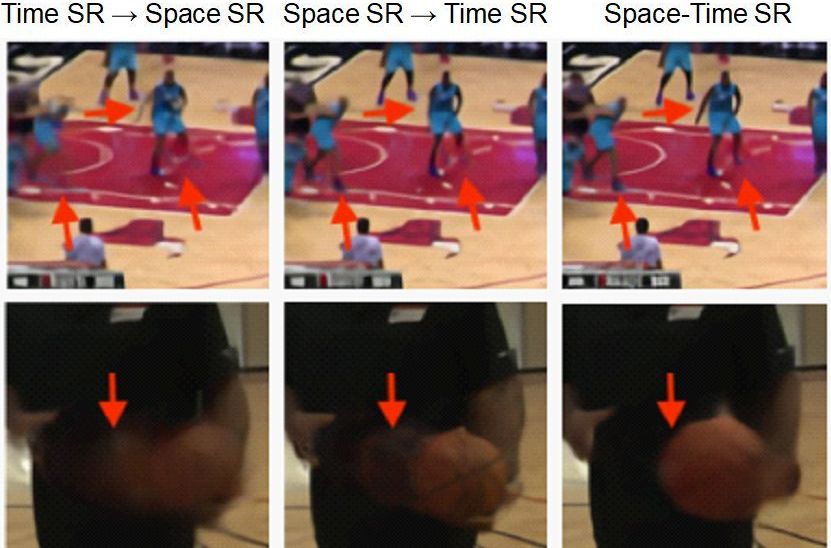
-
Human activity recognition with big data learning:
For human pose, motion, and activity recognition, we utilize not only training data given by manual annotations but also unsupervised data (e.g., images, videos, and texts in the Internet) in order to improve the performance.
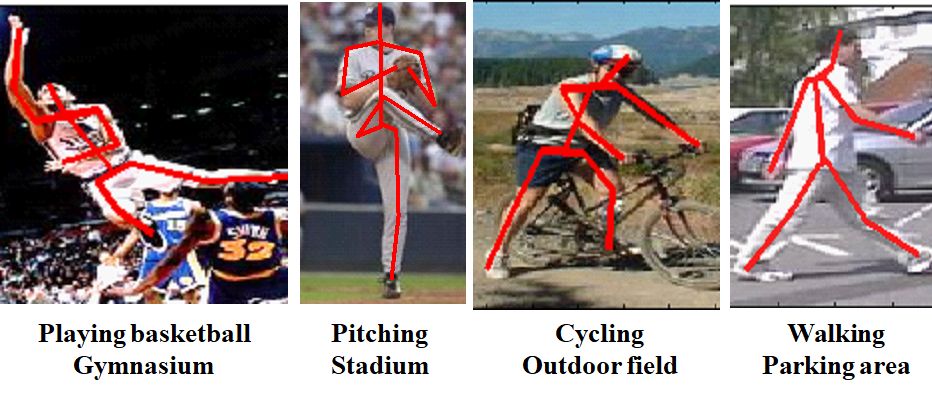
-
Human group and crowd analysis:
Activities of human group and crowd are analyzed for recognizing highly-contextual events in the real world.
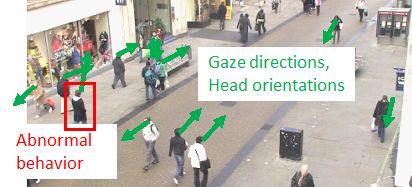
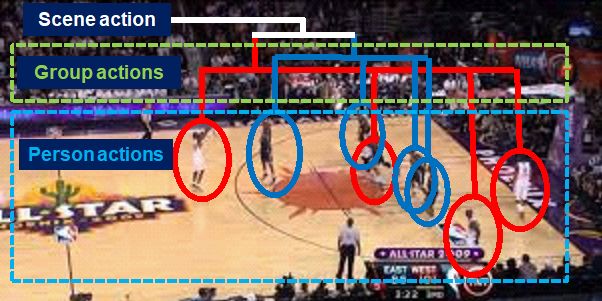
-
Human motion sensing and estimation:
Natural motions of a human body are measured by optical sensors (e.g., cameras). These accurately-measured motions are also modeled by machine learning in order to explore individual characteristics and skills. Human motions are also observed by cameras and estimated in observed images and videos. These estimated motions are useful for monitoring, HCI, HRI, and other applications.
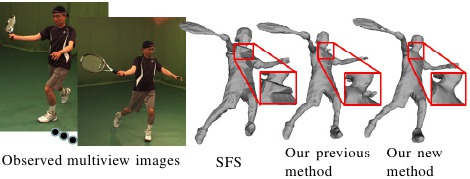
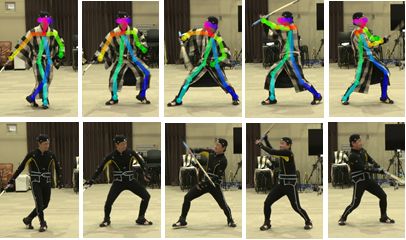
-
Human-like Motion Generation and Prediction:
Human and robot motions are generated and predicted for a variety of applications such as human motion animation, human trajectory prediction, and robot motion planning.
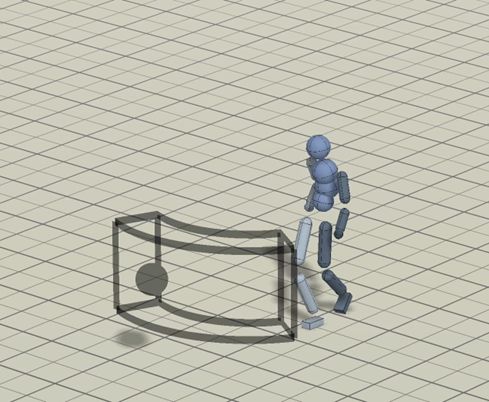
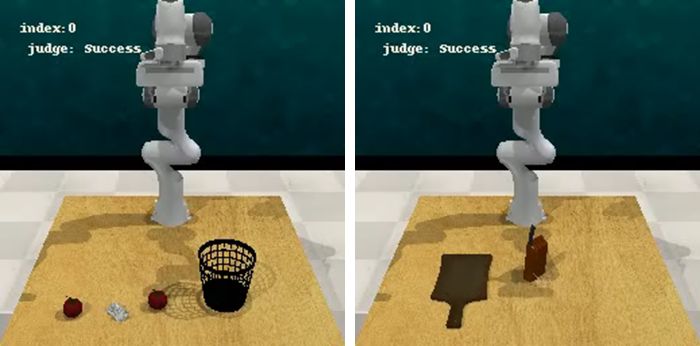
-
Video recognition for inside and outside vehicles:
For smart vehicle control, we develop activity and condition recognition methods for passengers and pedestrians.
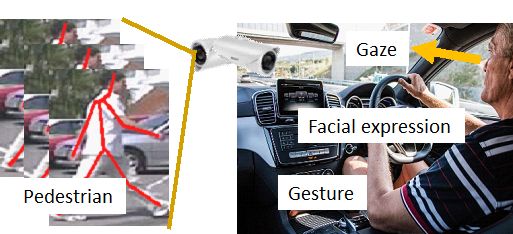
For more detailed information, see here.
Professor
Secretary
Kasumi Takeyama
D
M2
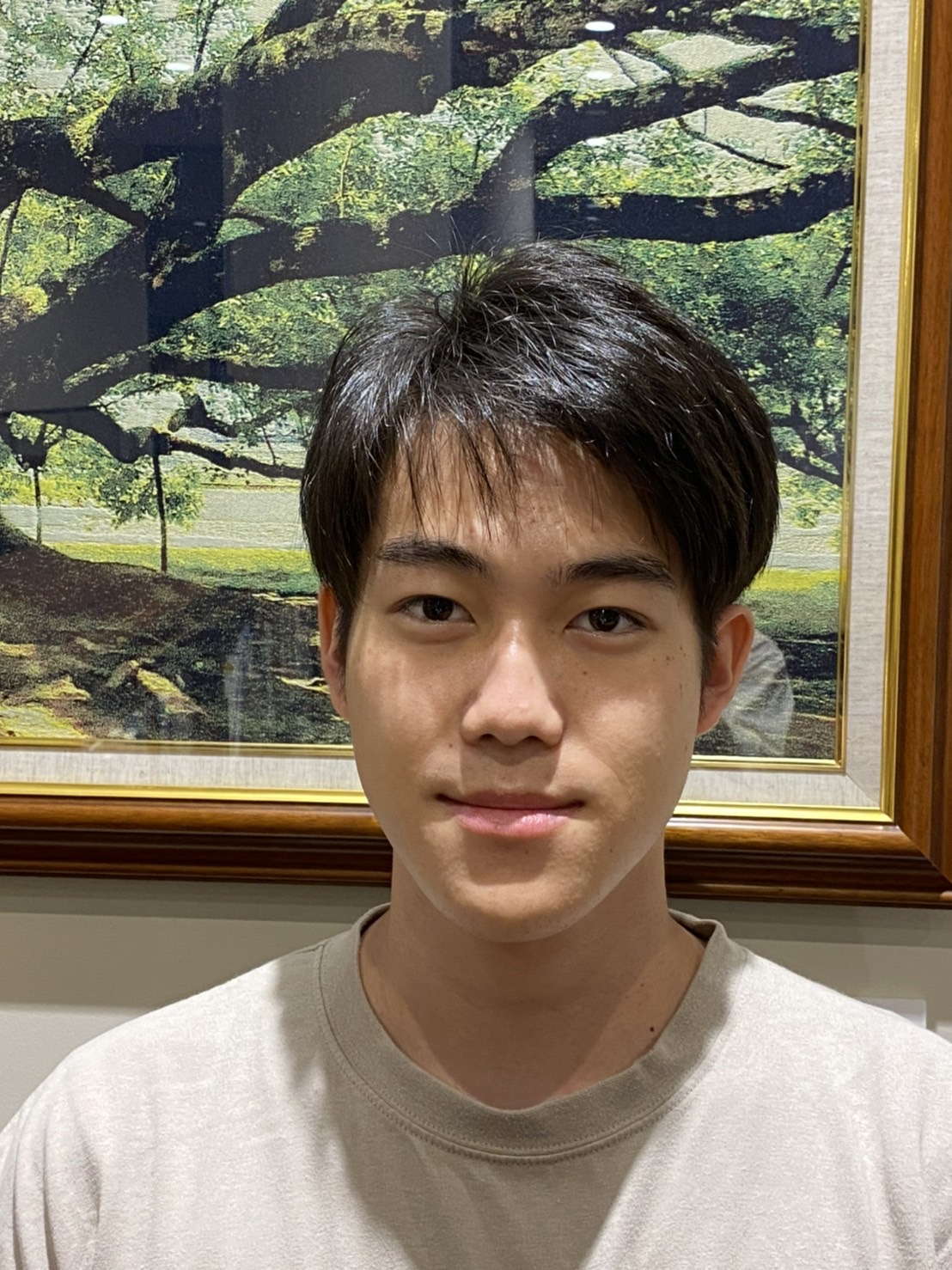
Kyotaro Tokoro
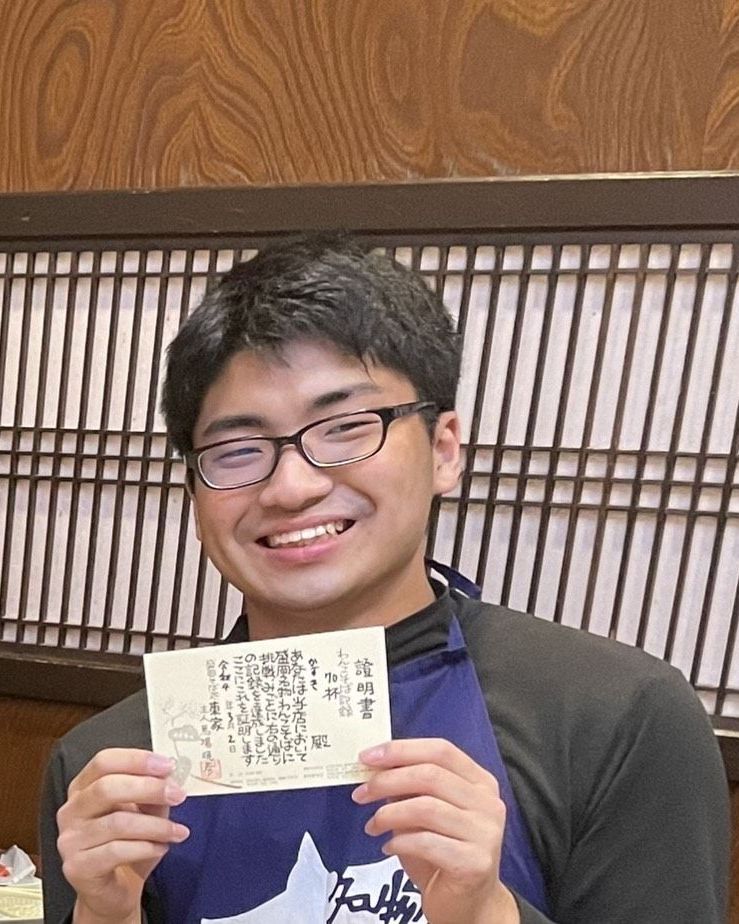
Kazuki Matsumoto
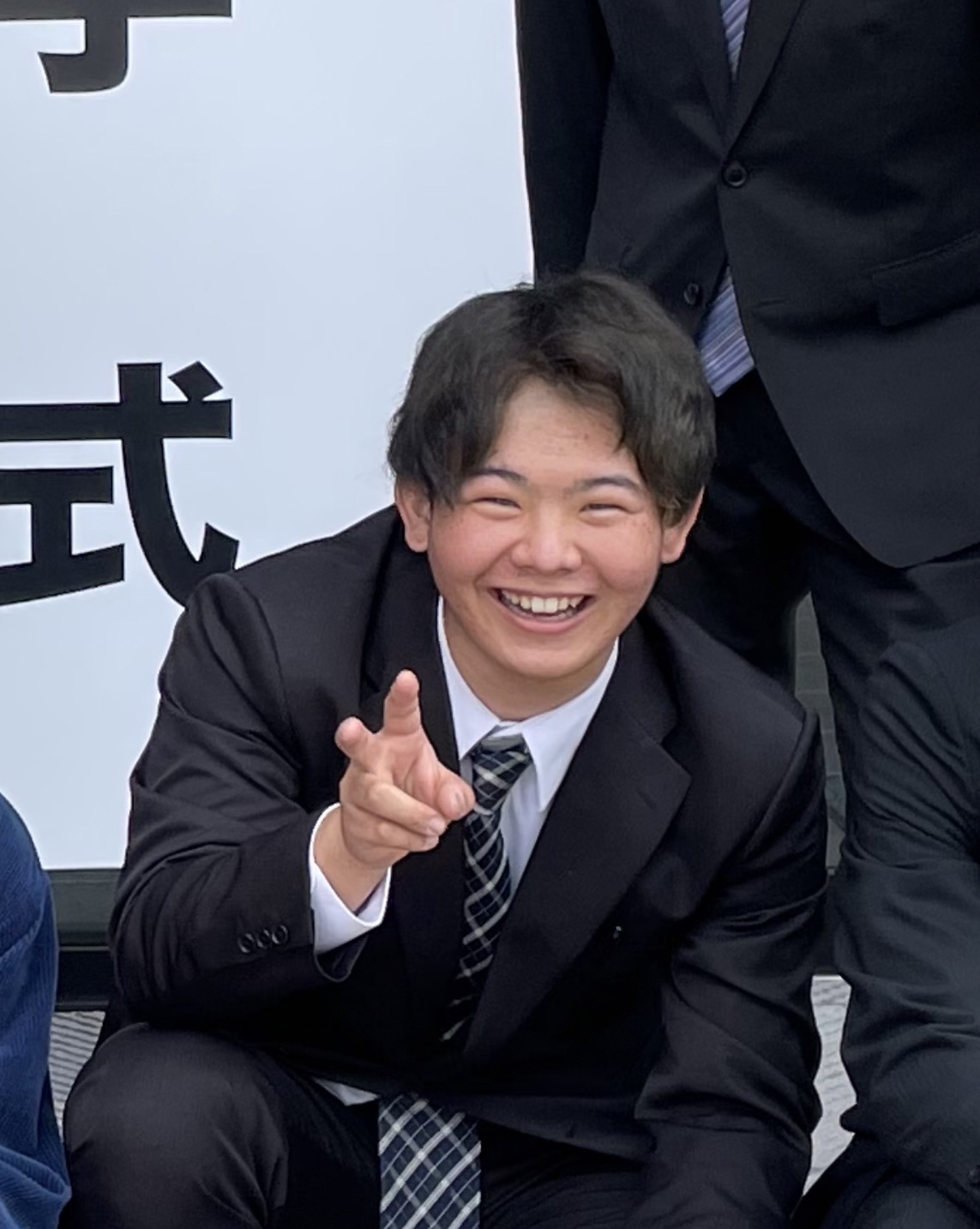
Yota Urano

Ryuki Tezuka
M1
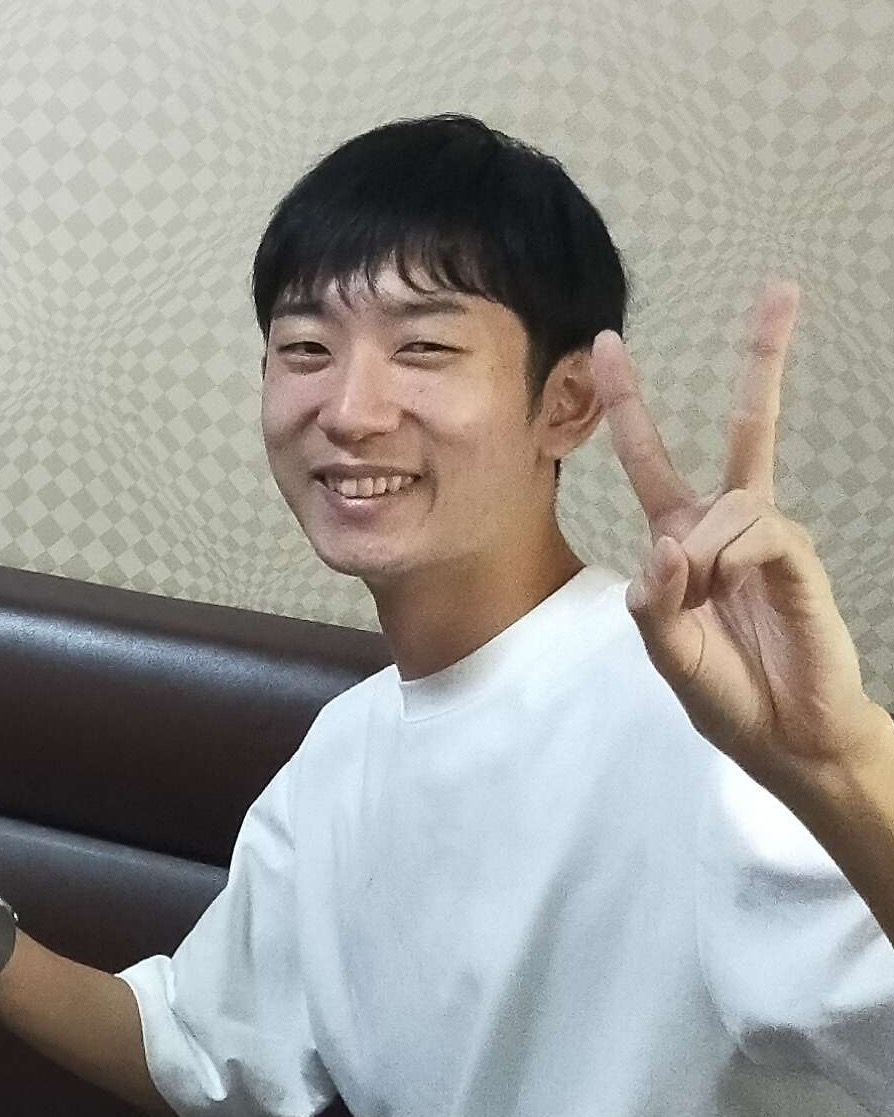
Takuya Seno

Takato Moriki
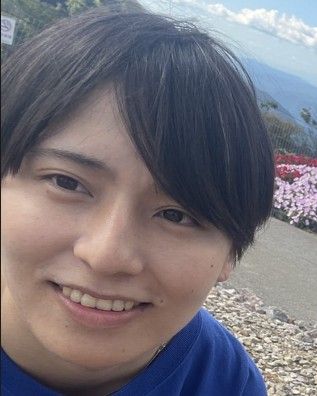
Kaname Yokoyama
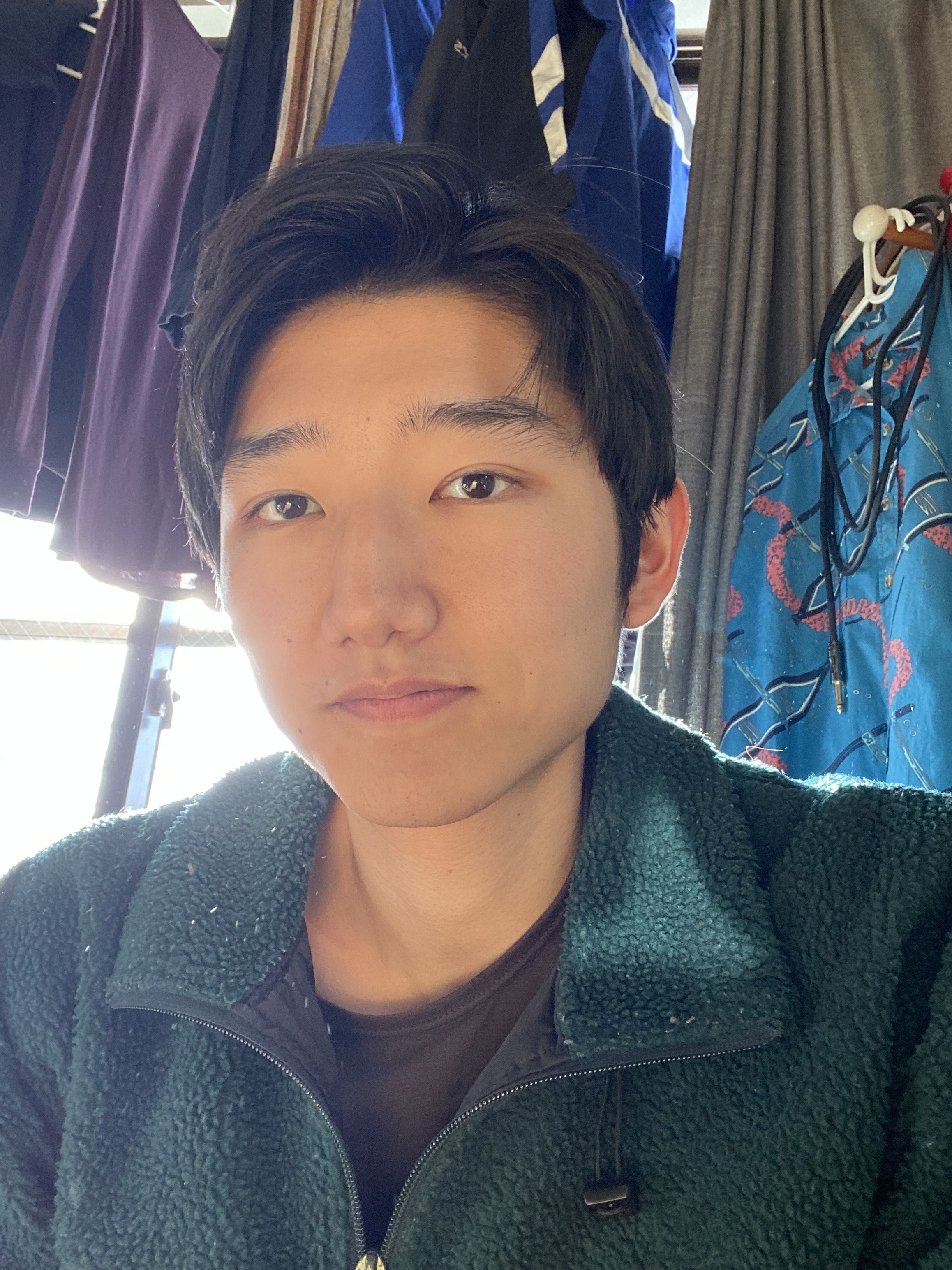
Shozaburo Hirano
B4

Riku Kanayama

Yuki Yoshida
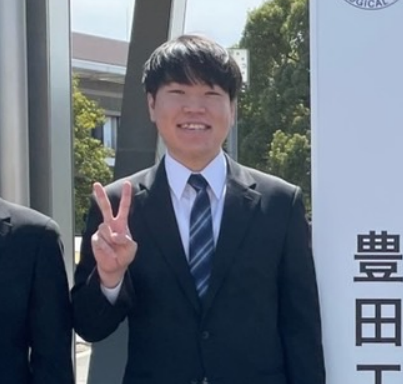
Toshiki Otani

Shuri Mizutani
Alumni
Visitors


